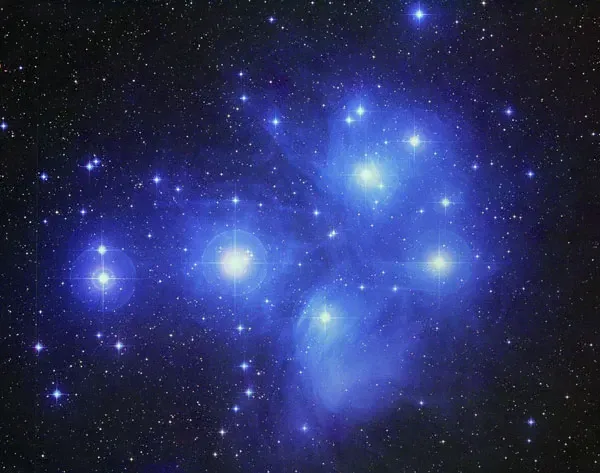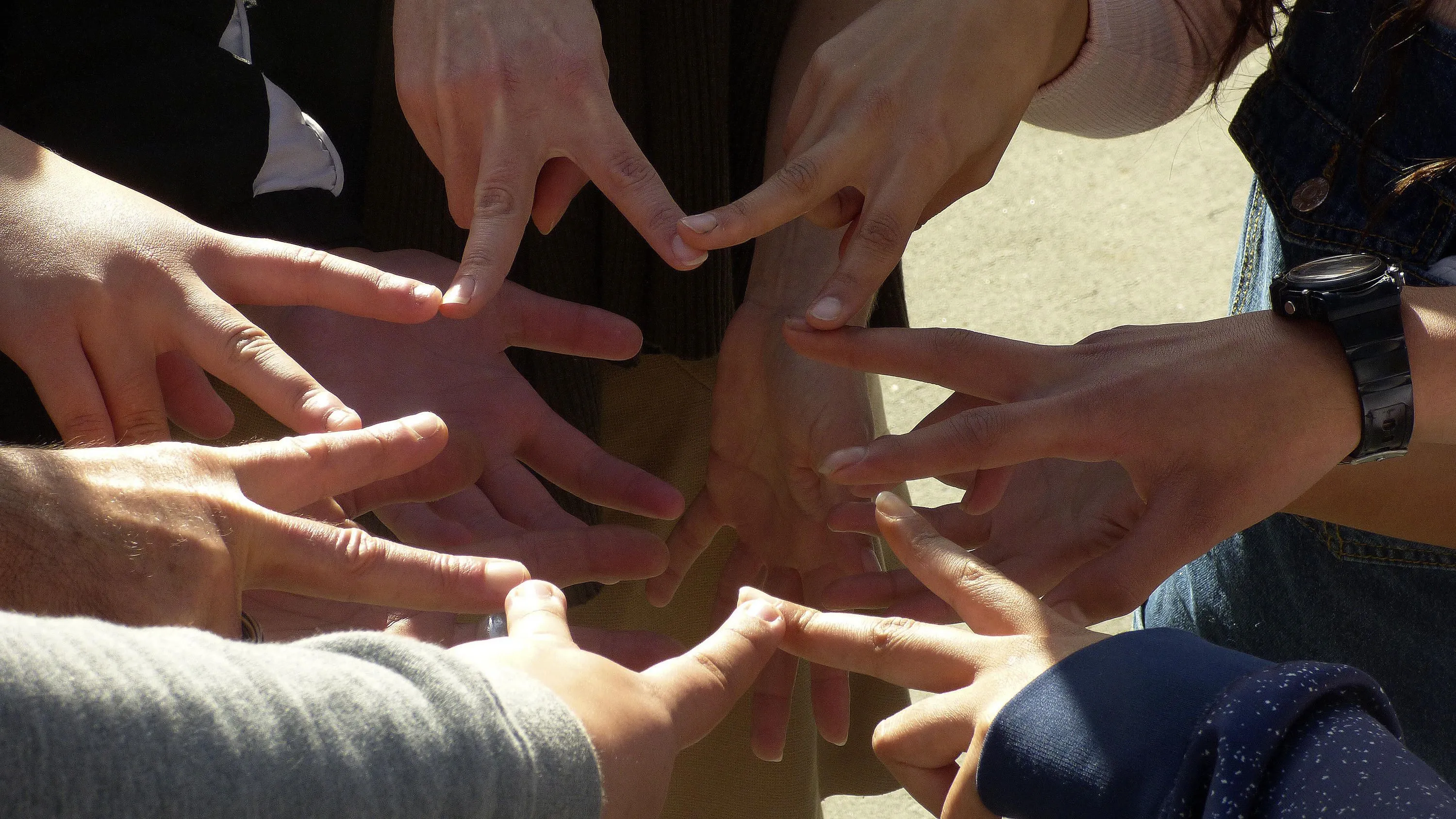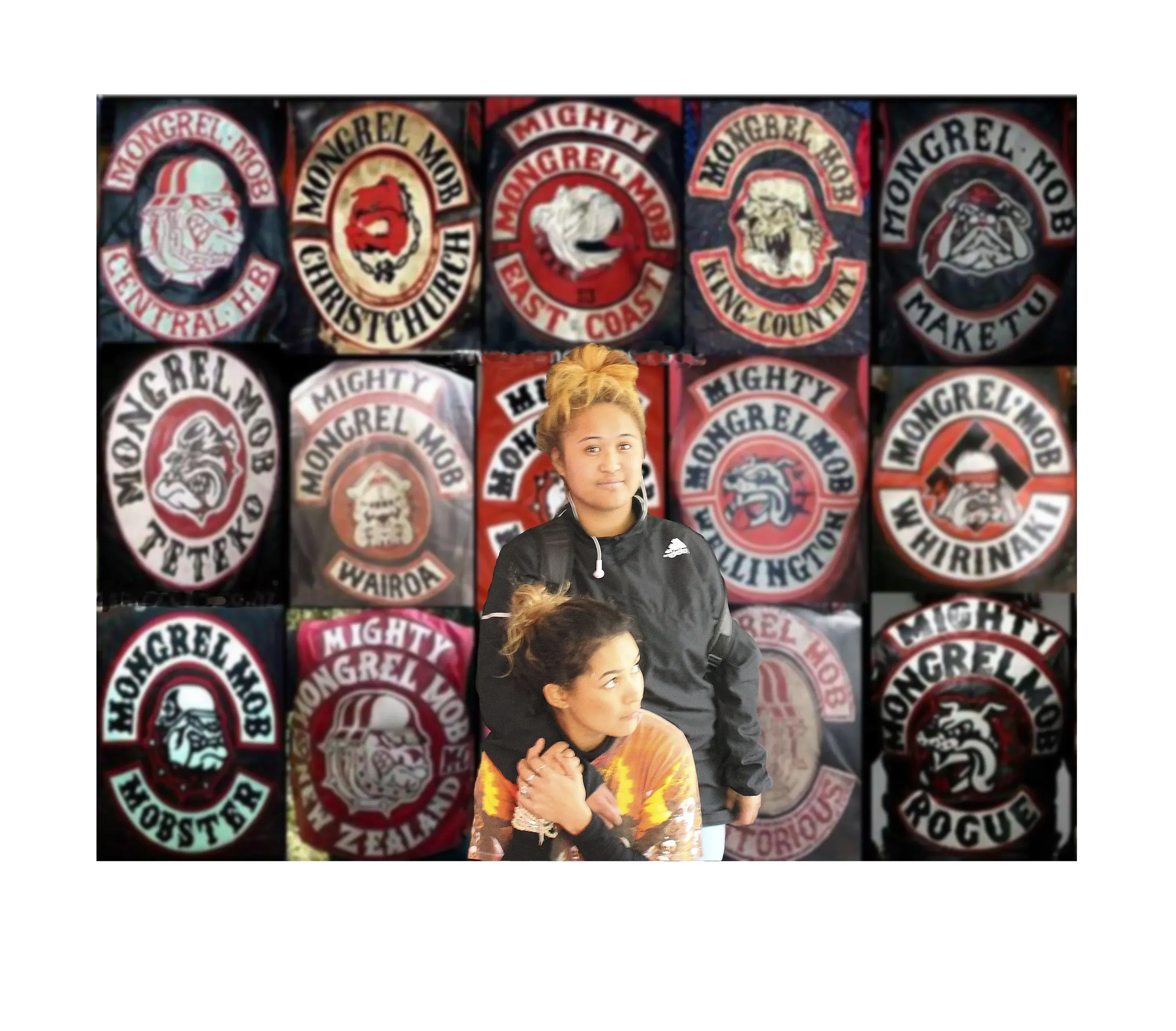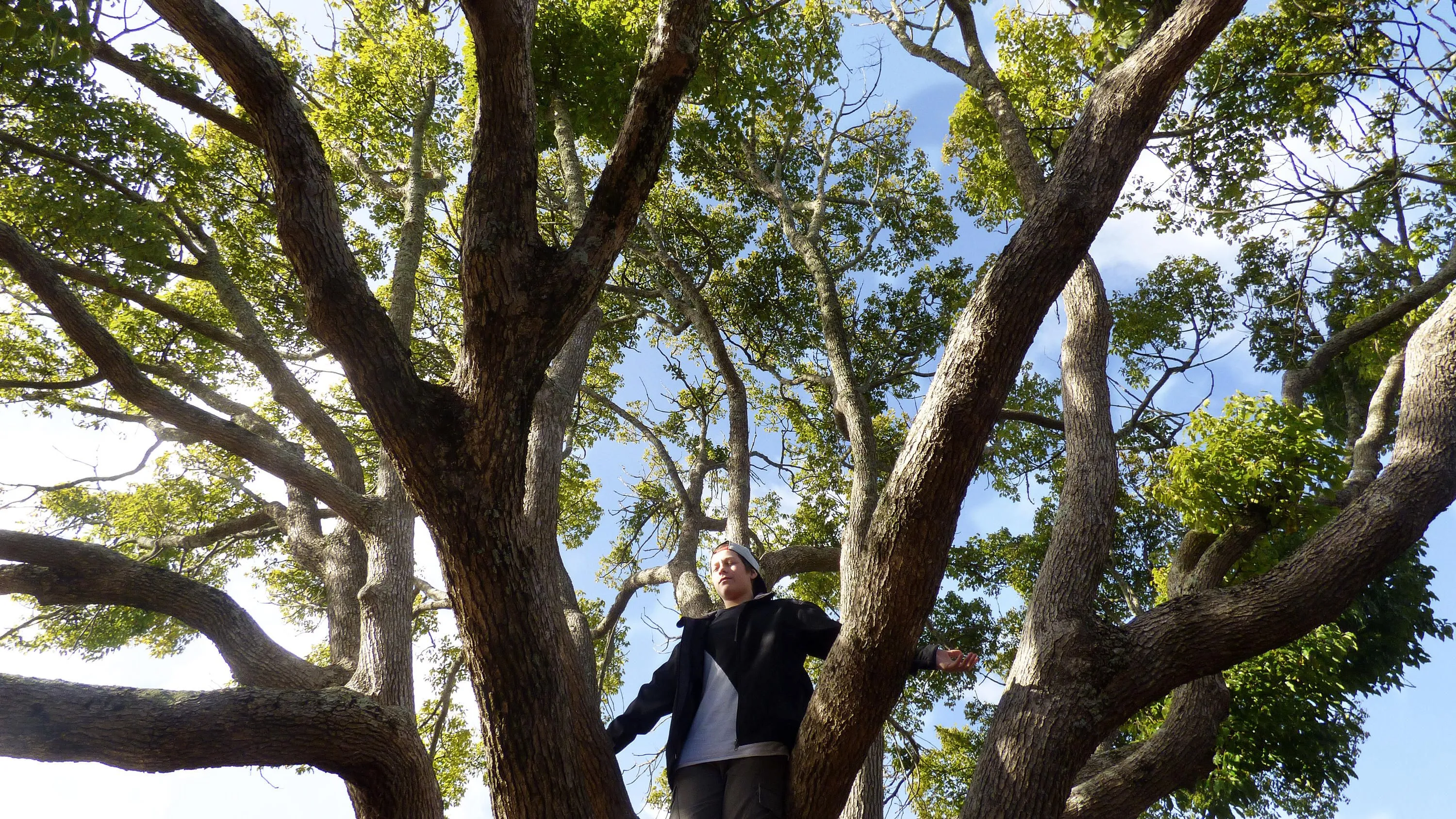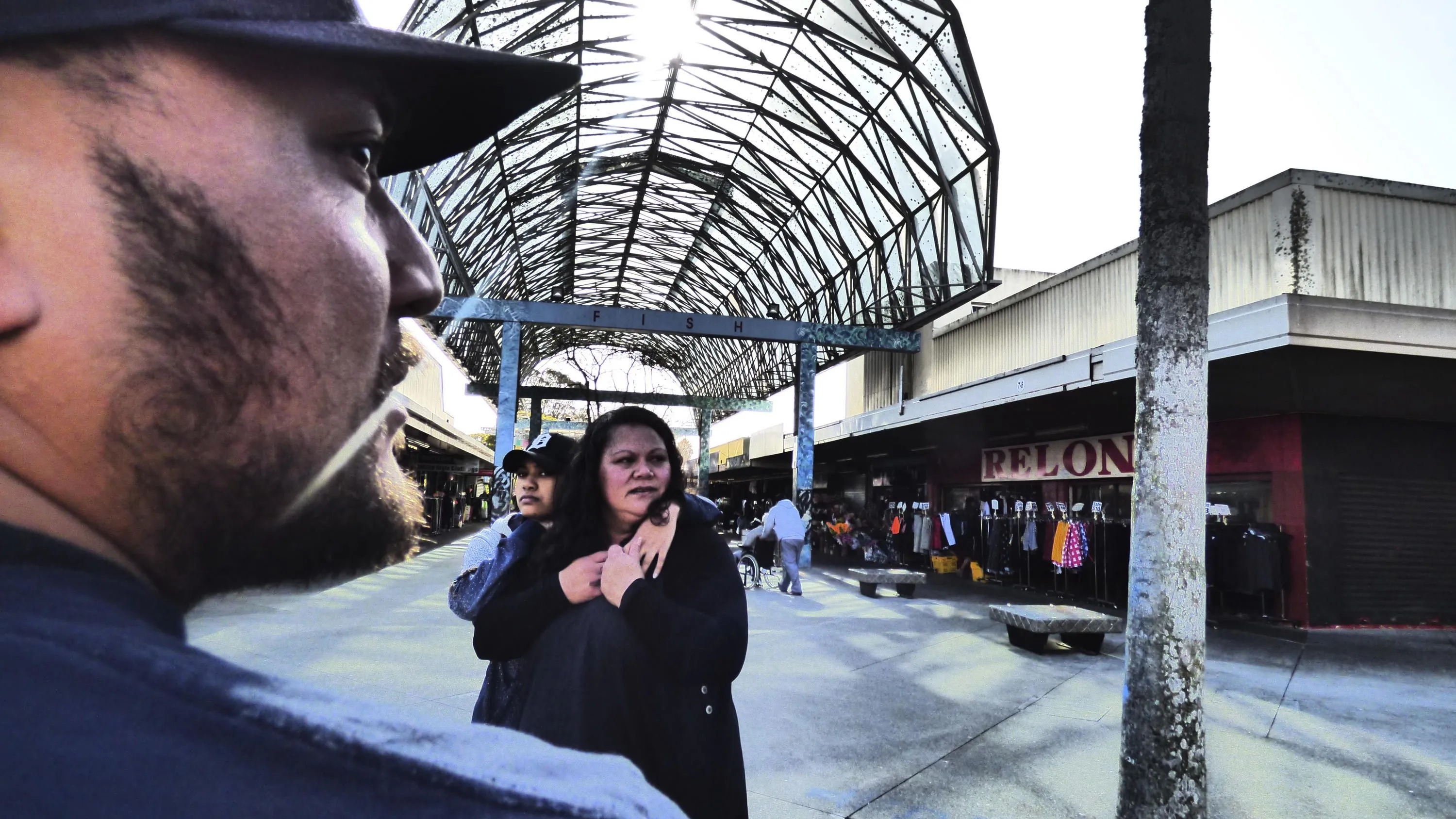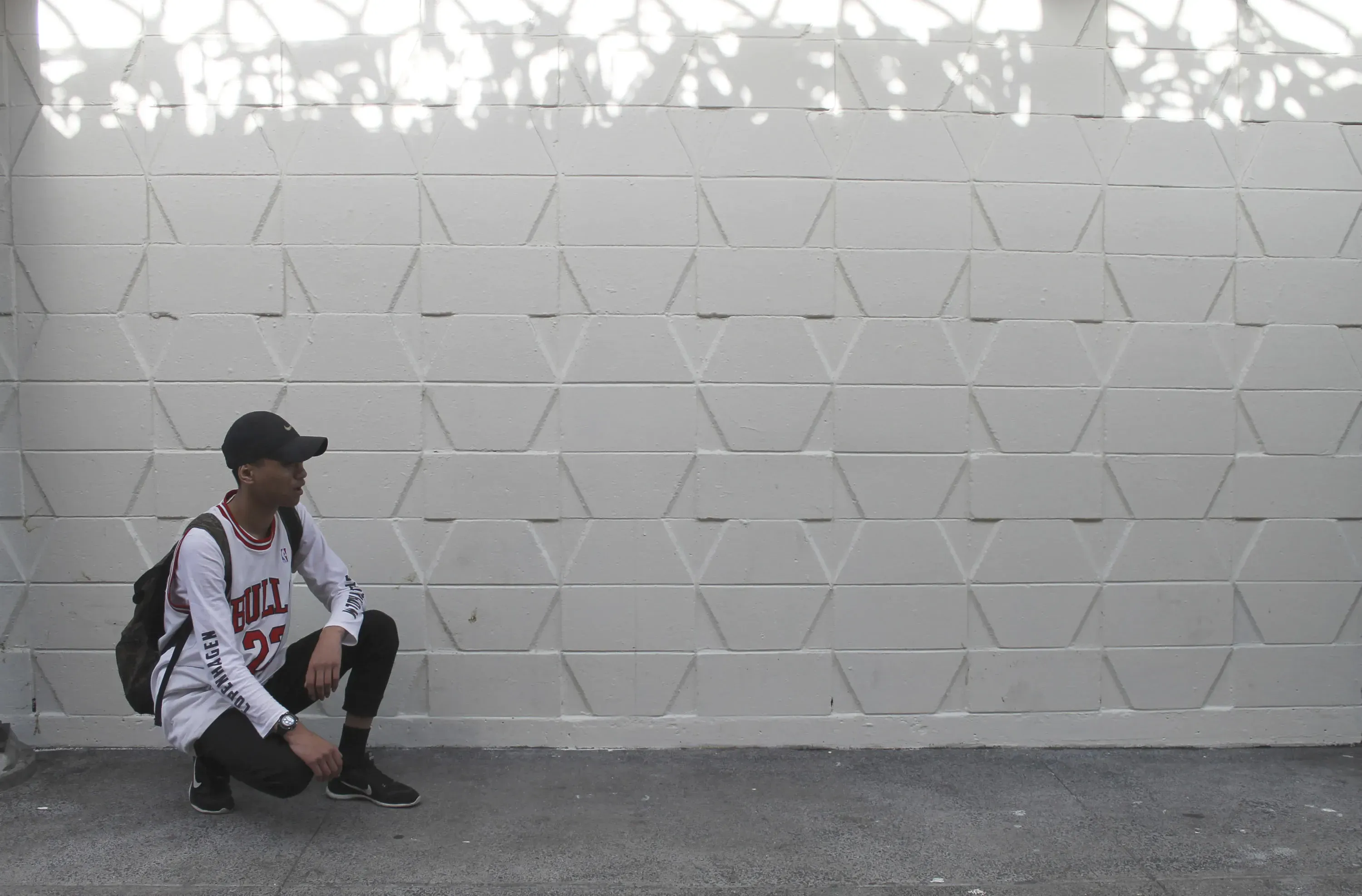History of Matariki
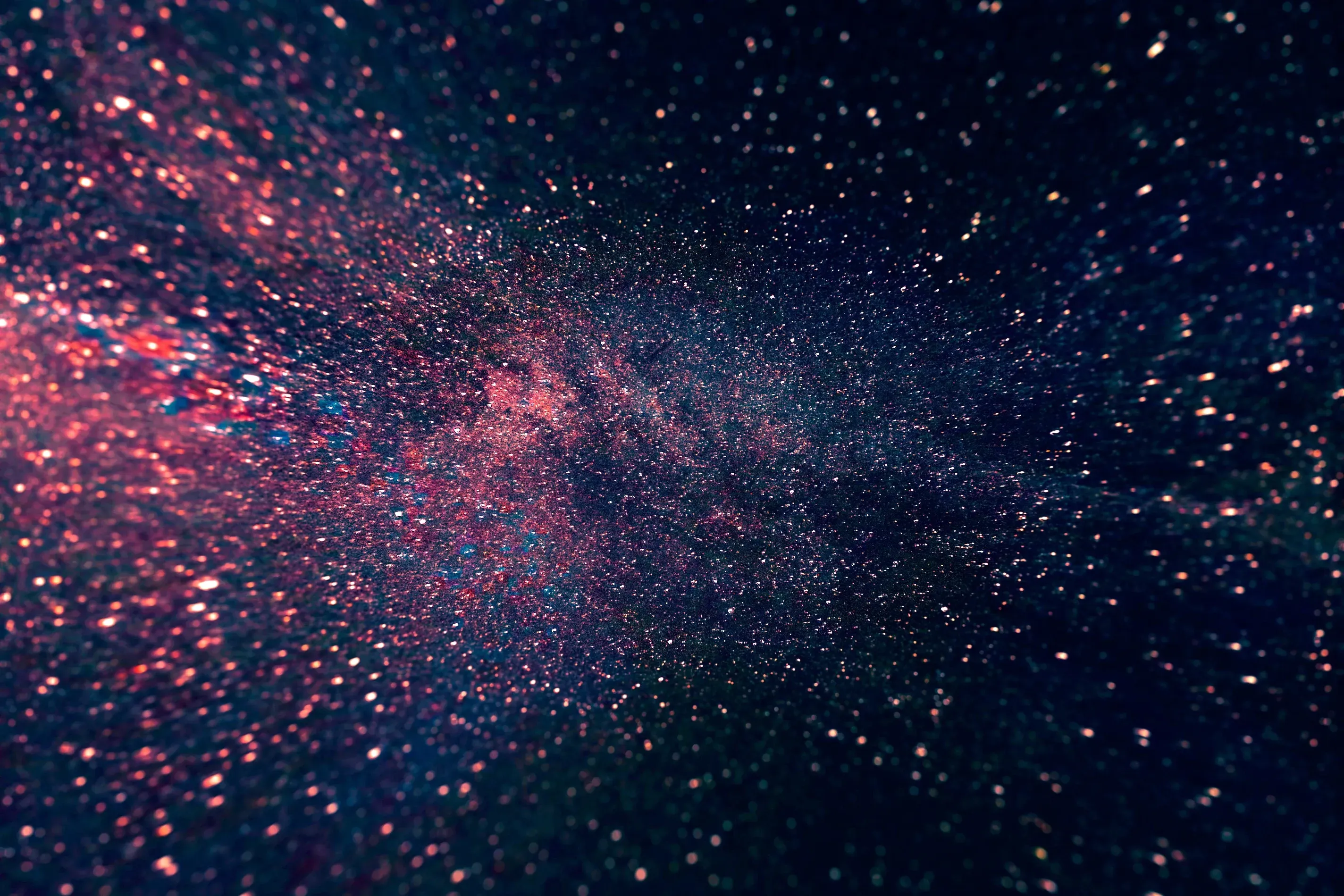
We are honoured to be able to present The History of Matariki to you in Te Reo Māori with an English translation.
We’d like to acknowledge Hēmi Kelly, (Ngāti Maniapoto, Ngāti Tahu-Ngāti Whāoa Lecturer | Te Ara Poutama, Faculty of Māori and Indigenous Development and Researcher | Te Ipukarea, The National Māori Language Institute, AUT) who kindly translated our original article. And a warm thank you to Ngā Rangatahi Toa who provided the images for this article from an exhibition entitled Matariki: The Strength of the Sistas, a photographic exhibition that asked rangatahi to reflect on, and creatively respond to the attributes of Atua Wahine
At the base of this article there are further details on opportunities to engage in Matariki in the major centres of Tāmaki Makaurau, Pōneke, Ōtautahi and Ōtepoti. www.matarikifestival.org.nz
He kōrero mō Matariki
History of Matariki
Mai anō he wā nui whakahirahira a Matariki i te wātaka Māori.
Matariki has always been an important time in the Maori calendar.
Nā te aranga mai o te kāhui whetū, e mōhiotia ana ko Matariki, i tohu te putanga mai o te tau hou Māori. He wā i whakawhanaunga ai tētehi ki tētehi, he wā hoki i whakamānawa ai te tangata i ngā hua o te whenua, o te moana me te rangi. He wā hoki i kotahi ai te hapori ki te poroporoaki i te hunga kua riro, ki te mihi anō i te tau kua huri.
Heralded by the rising of the star constellation known as Matariki, the Maori New Year signalled a time for connecting with, and giving thanks to the land, sea and sky. It was a time for the community to come together to farewell those departed and acknowledge the year gone by.

Compassion - by Lauren Rawiri
He wā anō a Matariki i huri ai te titiro ki anamata ki te pōwhiri i te whakatupuranga hou ki te ao nei me te whakatakoto i ngā mahi o te tau kei te tū mai.
Matariki was also a time to turn to the future, welcoming the new generation to the world and planning for the year ahead.
E kīia ana te kāhui whetū o Matariki, ka ara i mua i te pūaotanga, ko Te Tau Hou.
The pre-dawn rising of the star cluster Matariki is referred to as 'Te Tau Hou', the New Year.
Ko te kāhui whetū nei hei ārahi i ngā whakaterenga, hei tohu hoki i ngā wāhanga o te tau kei te heke mai. Me i mārama ngā whetū, he tohu ka mahana te tau e tū mai nei, ā, ka tau humi hoki. Me i rehurehu, i pipiri hoki ngā whetū, he tohu tēnā ka māeke te tau e tū mai nei.
The star cluster was a navigational aid and an indicator of the upcoming seasons. If the stars were clear, it was a sign that the year ahead would be warm and therefore productive. If they were hazy and closely bunched together then a cold year would be in store.
Ki ētehi, ko te marama hou tuatahi i muri mai i te aranga o Matariki te tohu i te tīmatanga o ngā whakanui i te tau hou. Ka āta tirohia te marama i roto i ngā mahi hauhake kai i runga i te whenua me te moana. Koinei te tīmatanga o ngā mea hou katoa, ā, he wā penapena kai hoki.
For some Maori the first new moon after the rise of Matariki signalled the start of the New Year celebrations. The moon (Marama) is central to activities of harvesting kai on the land and at sea. It is the start for all things new and a time for the provision of kai.

Brave - Sheldon O’Dwyer
Hui ai ngā tāngata i mua i te wā o Matariki ki te kai tahi, ki te whakahaere tikanga, ki te whakangahau, ki te manaaki tangata, ki te wānanga hoki.
Matariki was a time when people would gather to share kai, rituals, entertainment, hospitality and learnings.
I kaha ngā whakanui i a Matariki i mua i te taenga mai o te Pākehā ki Aoteaora, ā, i hāpaitia tonutia aua tikanga tae noa atu ki ngā tau o te rautau 1900. Nāwai rā, ka memeha haere, ā, i kitea te whakanui whakamutunga i ngā tau o te tekau tau 1940.
Matariki celebrations were popular before the arrival of Europeans in New Zealand, and they continued into the 1900s. Gradually they dwindled, with one of the last traditional festivals recorded in the 1940s.
Nō te tīmatanga o te rautau 21 ka whakaorahia mai ngā whakanui i a Matariki, ā, ināianei he wā nui o te tau tēnei e whakautehia ai, e whakanuitia ai hoki te whenua ahurei e noho nei tātou, ā, ka mahi tahi, ka tupu tahi hoki tātou.
At the beginning of the 21st century Matariki celebrations were revived and have become a special time of the year to respect the land we live on, celebrate the unique place we live in and continue to share and grow with each other.
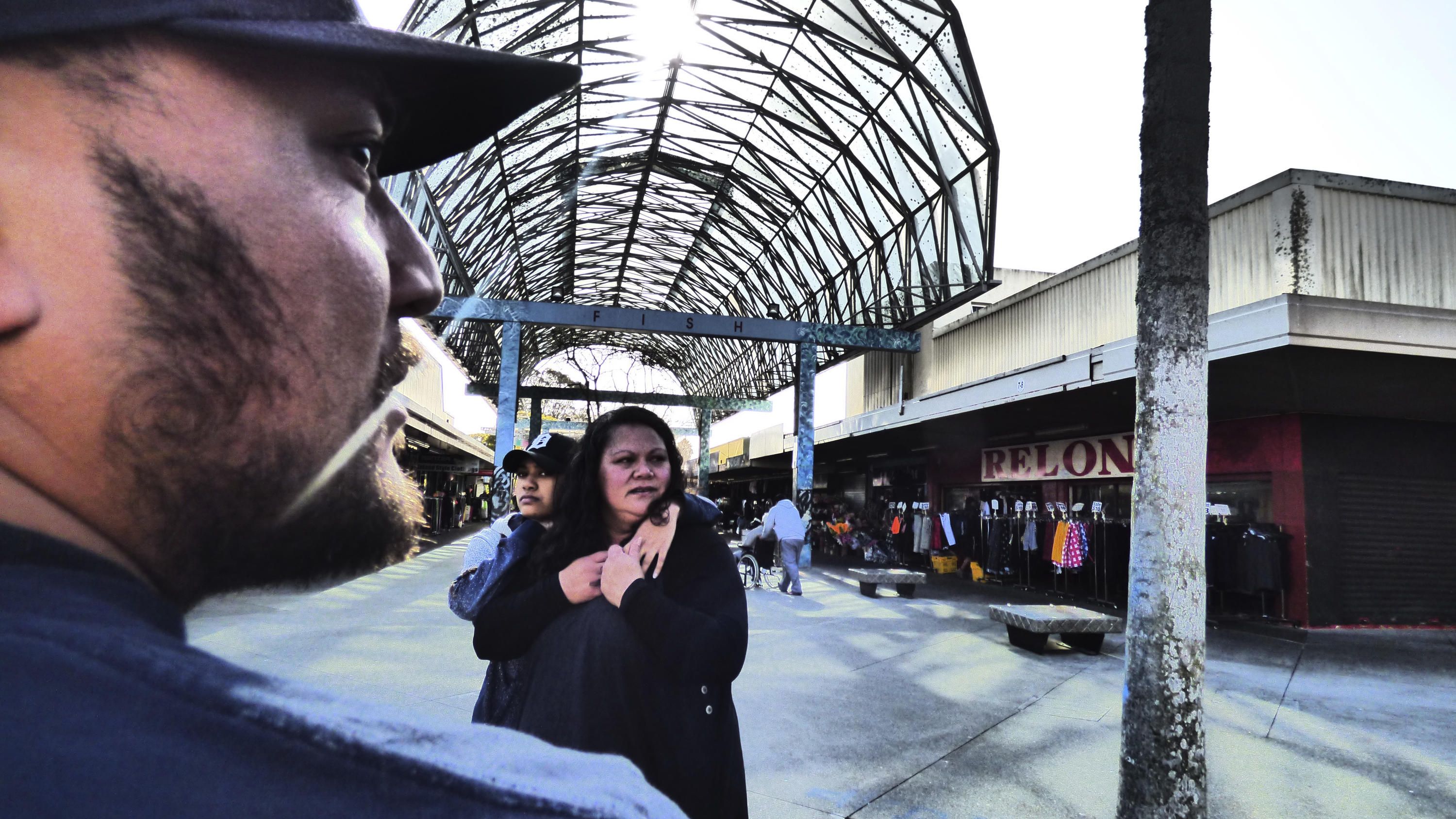
Compassion and Strength - Lee Kolio
Ngā whetū o Matariki
Matariki stars
Ko Matariki te ingoa Māori o Pleiades, he huihuinga whetū kei te kāhui o Taurus. I ahu mai te ingoa o Pleiades, arā te ingoa Kariki mō te kāhui whetū, i te pūrākau Kariki mō ngā tamāhine tokowhitu a Atlas rāua ko Pleone.
Matariki is the Maori name for the Pleiades, a star cluster in the constellation Taurus. Pleiades, the Greek name for the cluster, comes from seven sisters of Greek legend, the daughters of Atlas and Pleone.
He āhua rite tēnei ki ngā pūrākau a te Māori me ngā iwi o Te Moana-a-Kiwa e mea ana he whaea a Matariki e karapotia ana e āna tamāhine tokoono.
E mihia ana tēnei kāhui whetū, huri i te ao, e āhei ana te kite atu i ngā kokonga katoa o te ao. I Kirihi, e anga tautika atu ana ētehi temepara nunui ki a Matariki, pēnei i a Stonehenge i Ingarangi.
This is reminiscent of the Maori and Pacific stories that say Matariki is a mother surrounded by her six daughters.
The galactic cluster is internationally recognised as it can be viewed from anywhere in the world. In Greece, several major temples face straight towards Matariki, as does Stonehenge in England.
E mōhiotia nuitia ana te kāhui whetū, huri i te ao, he tohu i te tau hou Māori, he tohu hei ārahi i ngā whakaterenga i runga i te moana, he tohu hoki i ngā whakanui ā-tau i ētehi whenua huhua.
This cluster of stars is well known across the globe, signifies Maori New Year, acts as a key navigation beacon for ocean voyagers, as well as an important signal for seasonal celebration in many countries.
I Hapana, i ahu mai te ingoa o Subaru i te ingoa o ngā whetū o Matariki.
In Japan, the Subaru brand is named after the Matariki stars.

Growth - Teina Howard
Me pēwhea te tautuhi i a Matariki?
How to spot Matariki (Pleiades)
Tirohia te rangi i ngā rā whakamutunga o Haratua me ngā rā tīmatanga o Pipiri, ka ara a Matariki i te pae marangai-mā-raro, e tata ana ki te wāhi e whiti mai ai te rā.
Keep an eye out in late May early June as Matariki rises on the northeast horizon, around the same spot as the rising sun.
Ko te wā pai hei titiro atu ki a Matariki ko te haurua hāora i mua mai i te pūaotanga.
The best time to spot Matariki is around half an hour before dawn.
I mua, i tū ngā whakanui i te tau hou i te kitenga atu o te marama hou ka whai mai.
Traditionally the New Year celebrations are held on the sighting of the next new moon.
Ka kite koe i a Matariki i whea?
Where can you see Matariki?
Ka āhei te kite i a Matariki i ngā wāhi katoa o te ao, nā reira i rongonui ai ngā whetū o Matariki, huri i te ao.
Matariki can be seen everywhere on the planet and makes the Matariki stars famous worldwide.
I te huringa o te tau i ngā rā o te ngahuru ki te rā popoto katoa o te hōtoke, ka nuku whakateraki i te pae marangai te whitinga o te rā. Kia tae te whitinga o te rā ki a Matariki ka hoki whakamuri, ka ahu anō ki te tonga.
As the year moves from autumn towards its shortest winter day, the sunrise moves north along the eastern horizon. When the sunrise reaches Matariki, it turns around and starts moving south again.
Ko te wā pai hei titiro atu, ko ngā rā o Pipiri me ngā rā tuatahi o Hōngongoi i mua i tōna ngarohanga atu i te pae ki te tonga.
The best time to spot is throughout June and early July before it disappears south on the horizon.
Tirohia ētehi atu kōrero i konei www.stardome.org.nz.
Check out www.stardome.org.nz for more information.
Ngā pūrākau Māori mō Matariki
Maori legend and Matariki
E ai ki ngā kōrero, e rua ngā tikanga o te ingoa o Matatiki, arā ko ngā mata ririki, ko ngā mata rānei o te ariki.
According to tradition, Matariki has two meanings - tiny eyes or it is also sometimes called Mata ariki – the eyes of god.
Hei tā te pūrākau Māori i te wā i whakawehea ai a Ranginui rāua ko Papatūānuku e ā rāua tamariki ka tino riri a Tāwhirimātea, te atua o ngā hau. I pērā rawa te kaha o tana riri ka tīkaro ia i ōna mata, kātahi ka whiua atu ki te rangi, ki reira titi mai ai, mau tonu ai ā mohoa nei.
Maori legend tells of a time when Ranginui, the sky father, and Papatuanuku, the earth mother, were forcibly separated by their children. The god of the winds, Tawhirimatea, became so angry that he tore out his eyes and threw them into the heavens, where they have been in existence ever since.
Matariki 2020 information
Tāmaki Makaurau/Auckland
Pōneke/Wellington
www.wellington.govt.nz/events/annual-events/matariki
Ōtautahi/Christchurch
www.ccc.govt.nz/news-and-events/whats-on/event/matariki
Ōtepoti/Dunedin
